Two contemporary Porsches answer the question, do we need sports cars?
Both the Porsche Macan S and the Porsche 911 Carrera 4S are brilliant to drive, but for different reasons

Browse around the Porsche website and you quickly get straight to the heart of a contemporary dilemma; do we actually need sports cars? The fabled manufacturer made its name as a supplier of purist machinery and nothing else, obsessively honing a relatively small family of products in search of the Platonic ideal of what a sports car should be. You can still buy their descendants, of course, but the contemporary 718 and 911 models are dwarfed in sales terms by their stablemates, the Cayenne and Macan SUVs and the Panamera sports saloon, as well as the first all-electric Porsche, the Taycan saloon. It’s fair to say that sports cars are now a niche business for Porsche, even if high performance is not; over the past 18 years, the company has built a million Cayennes. In contrast, it took Porsche well over half a century to build a million 911s.
For the sake of argument, we’re comparing Porsche’s Macan S with the 911 Carrera 4S, two ostensibly very different cars. For a start, the two-door 911 costs around twice as much as the more practical Macan SUV. It also dramatically out-performs it, although short of a racetrack, autobahn or fiendishly twisty country road with far-reaching sightlines, there are very few places you can definitively demonstrate this. Enthusiasts would counter that vulgar displays of power are not what a sports car is about; the passion is to be found in the purity of the relationship between driver and machine.
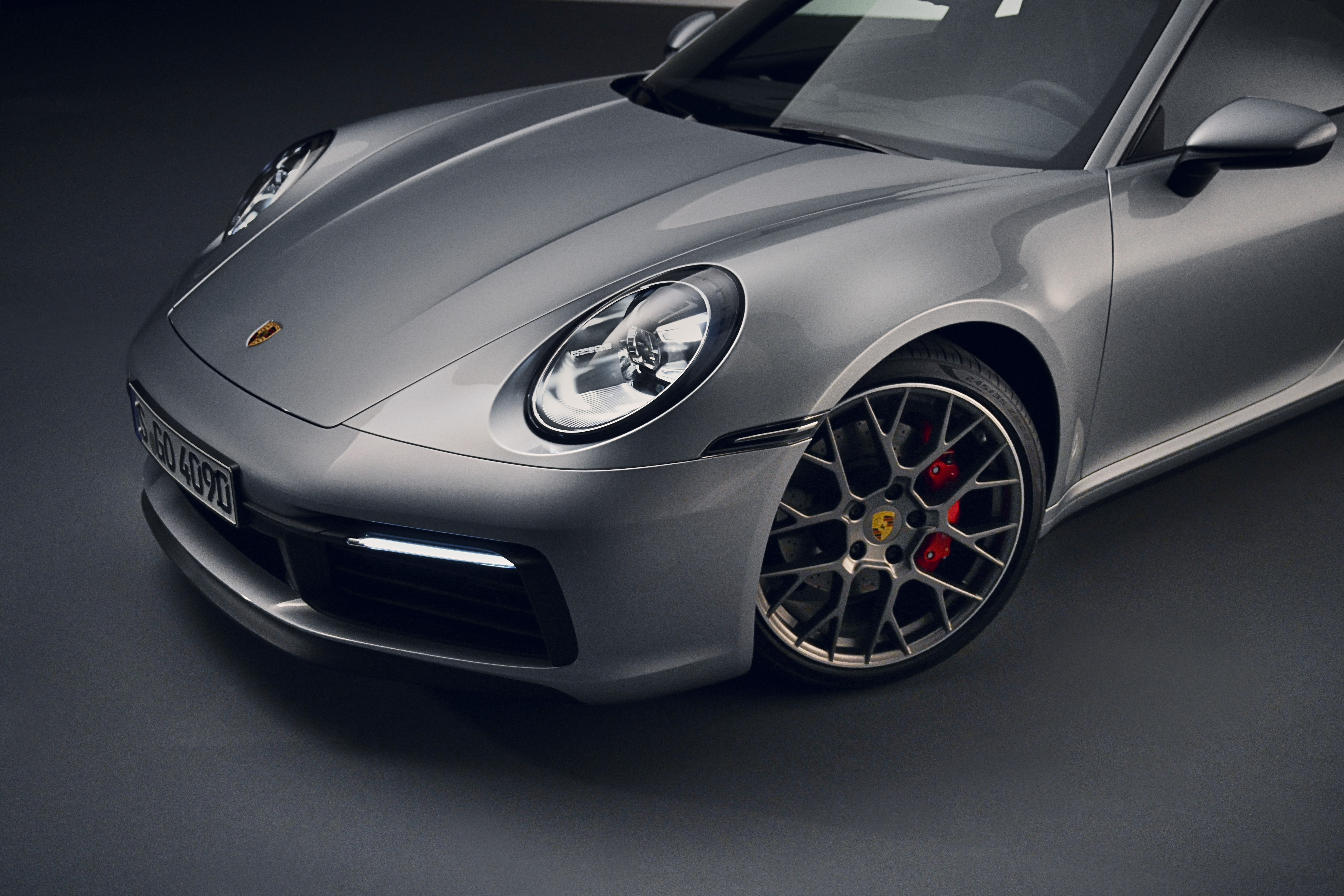
Porsche 911 Carrera 4S
The current Macan and all-new 911 (the eighth generation of the model) share an ethos but stand poles apart in this unspoken hierarchy; both are status symbols but the 911 brings with it the full weight of brand history, as well as an unspoken implication of driver skill discernment and involvement. In contrast, the Macan could be seen as the result of brazen populism and market research. It’s also born out of Porsche’s many years of experimentation with SUV and Crossover forms. Last Autumn, a monograph about the company’s design studio opened up the Porsche vaults and revealed a clutch of concept cars that had never before seen the light of day. Despite the company’s diverse contemporary line-up, these unseen Porsches showed a far more experimental side to the brand as well as the transitional designs that flesh out the family tree. These included the 2013 Porsche Macan Vision Safari, a 3-door high-riding sports crossover that is the missing link between the dedicated 911 and 959 rally cars of the 1980s and 90s and today’s more conventional SUVs.
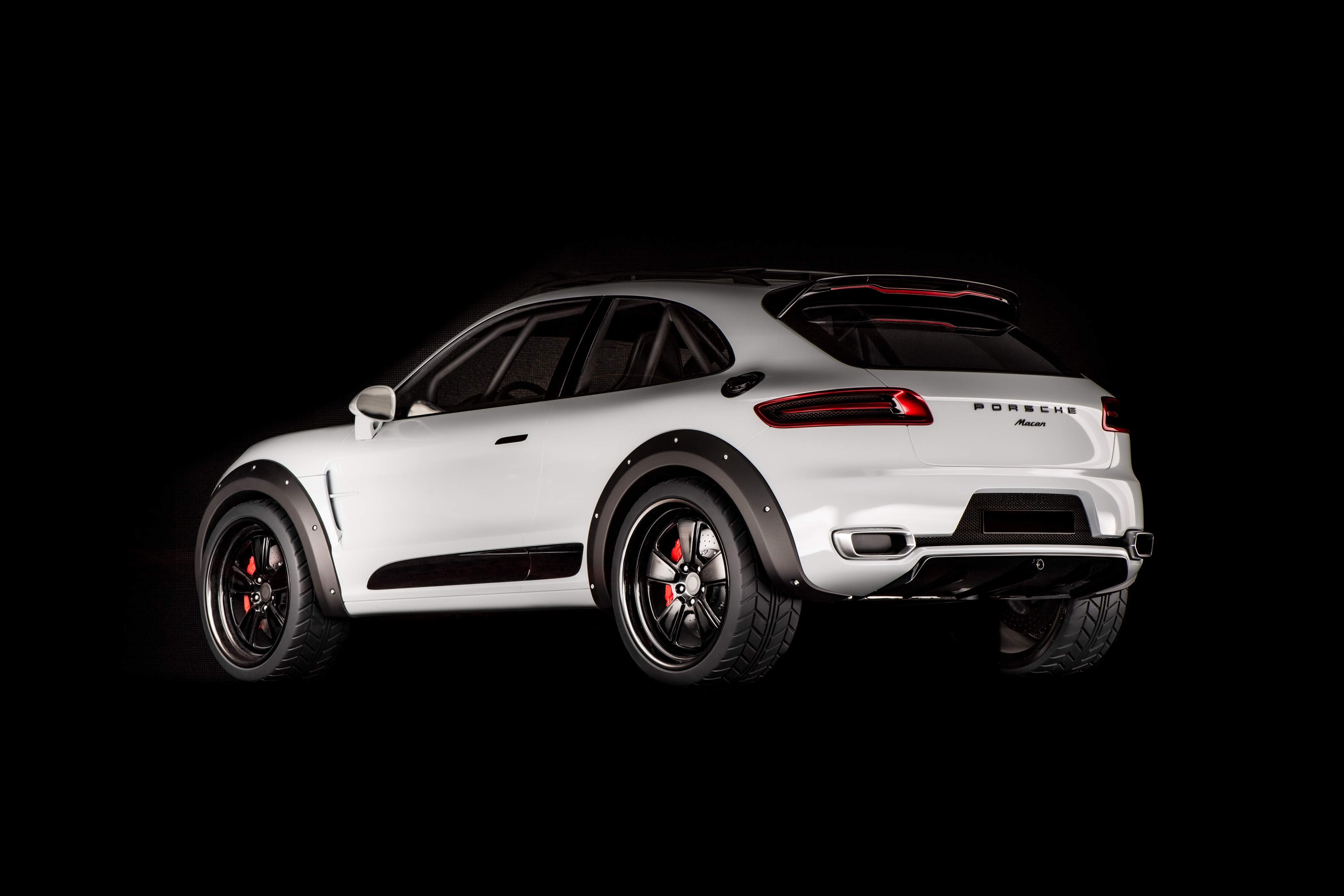
Porsche Macan Vision Safari
Both these cars are brilliant to drive, but for different reasons. The mid-range Macan is broadly competent without being dynamically exceptional or hysterically over-powered, whereas the newest 911 is a fitting evolution of the legendary model, cramming all the latest tech into a car that’s slightly larger, more luxurious and complex than its predecessor. You get more space and function in the 5-seater Macan, although it’s only marginally longer than the low-lying 2+2 911. The far more powerful 911 has a rear-mounted 6-cylinder engine versus the Macan’s V6 and both have variable four-wheel drive. The 911 lives up to its reputation of being the most practical of all supercars, but neither make much sense in a city, let alone a suburb. Visually, they’re good examples of Porsche’s tasteful but undemanding family design language. However, this means they also benefit from the company’s current reigning expertise at interior design.
One thing is also conspicuously missing from both: electrification. Here’s where Porsche’s past will have to collide with the inevitable future. It’s rumoured that the next-gen Macan will be all-electric, leaving this current model as a legacy product for those unable to make the leap. But an electric 911? Many Porsche fanatics have been reassured by the triumphant introduction of the 2020 Taycan, but whether this tech can be translated into the smaller, lighter, and purer ethos of the 911 remains to be seen.
INFORMATION
Porsche Macan S £ 49,300 (as tested £69,147)
Porsche 911 Carrera 4S £ 98,418 (as tested £119,865)
Receive our daily digest of inspiration, escapism and design stories from around the world direct to your inbox.
Jonathan Bell has written for Wallpaper* magazine since 1999, covering everything from architecture and transport design to books, tech and graphic design. He is now the magazine’s Transport and Technology Editor. Jonathan has written and edited 15 books, including Concept Car Design, 21st Century House, and The New Modern House. He is also the host of Wallpaper’s first podcast.
-
 Sculptor Woody De Othello paints a Miami museum red for a show that ‘almost hugs you’
Sculptor Woody De Othello paints a Miami museum red for a show that ‘almost hugs you’The Miami-born, California-based artist opens his first museum exhibition in his hometown as an experiential journey through life and lifeless objects
-
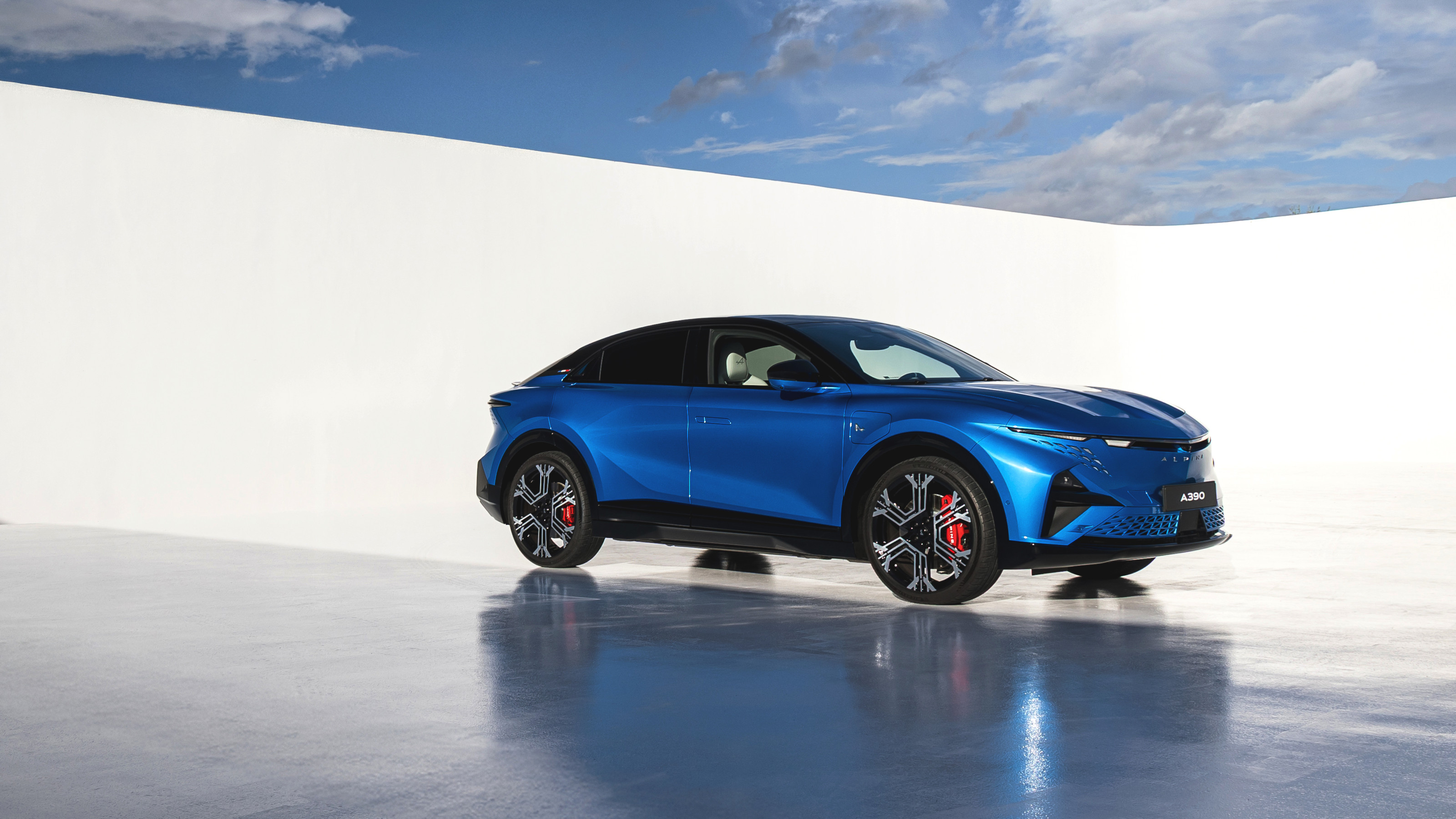 Alpine A390 GT: French, fast and fun. A sporting EV with a real sense of occasion
Alpine A390 GT: French, fast and fun. A sporting EV with a real sense of occasionAlpine doubles down on its fast electric credentials with the A390 GT, the French performance brand’s largest car to date
-
 Forget smart homes, Doma's 'intelligent' doors open at the sight of a familiar face
Forget smart homes, Doma's 'intelligent' doors open at the sight of a familiar faceYves Béhar and Jason Johnson have founded Doma, a tech start-up dedicated to seamlessly integrating tech into your daily life
-
 New Porsche Cayenne Electric makes a case for a sporting life with lashings of technology
New Porsche Cayenne Electric makes a case for a sporting life with lashings of technologyThe next-gen Cayenne gets its first all-electric model, a mighty SUV that’s also the first Porsche with wireless charging
-
 All the new electric cars and concepts revealed at Munich’s IAA Mobility 2025
All the new electric cars and concepts revealed at Munich’s IAA Mobility 2025Munich’s alternative motorshow is now in its third iteration, combining a traditional exhibition space with a conference and large-scale public activations on the streets of the city
-
 KAMManufaktur transforms the 1960s-era Porsche 912 into a refined restomod GT
KAMManufaktur transforms the 1960s-era Porsche 912 into a refined restomod GTThe KAMM 912T is a restomod Porsche for the more discerning collector, a rebuilt and re-engineered car that favours analogue feel and simplicity over all-out power
-
 All the best bits from Goodwood Festival of Speed 2025
All the best bits from Goodwood Festival of Speed 2025As car makers switch their allegiance to the sunny West Sussex countryside as a place to showcase their wares, a new generation of sports cars were sent running up that famous hill
-
 This Porsche surfboard collaboration captures the spirit of 1970s Southern California
This Porsche surfboard collaboration captures the spirit of 1970s Southern CaliforniaThe Porsche 911 Carrera RS 2.7 is the inspiration for the company’s second collaboration with California’s Almond Surfboards, featuring a custom-made board and limited-edition apparel and accessories
-
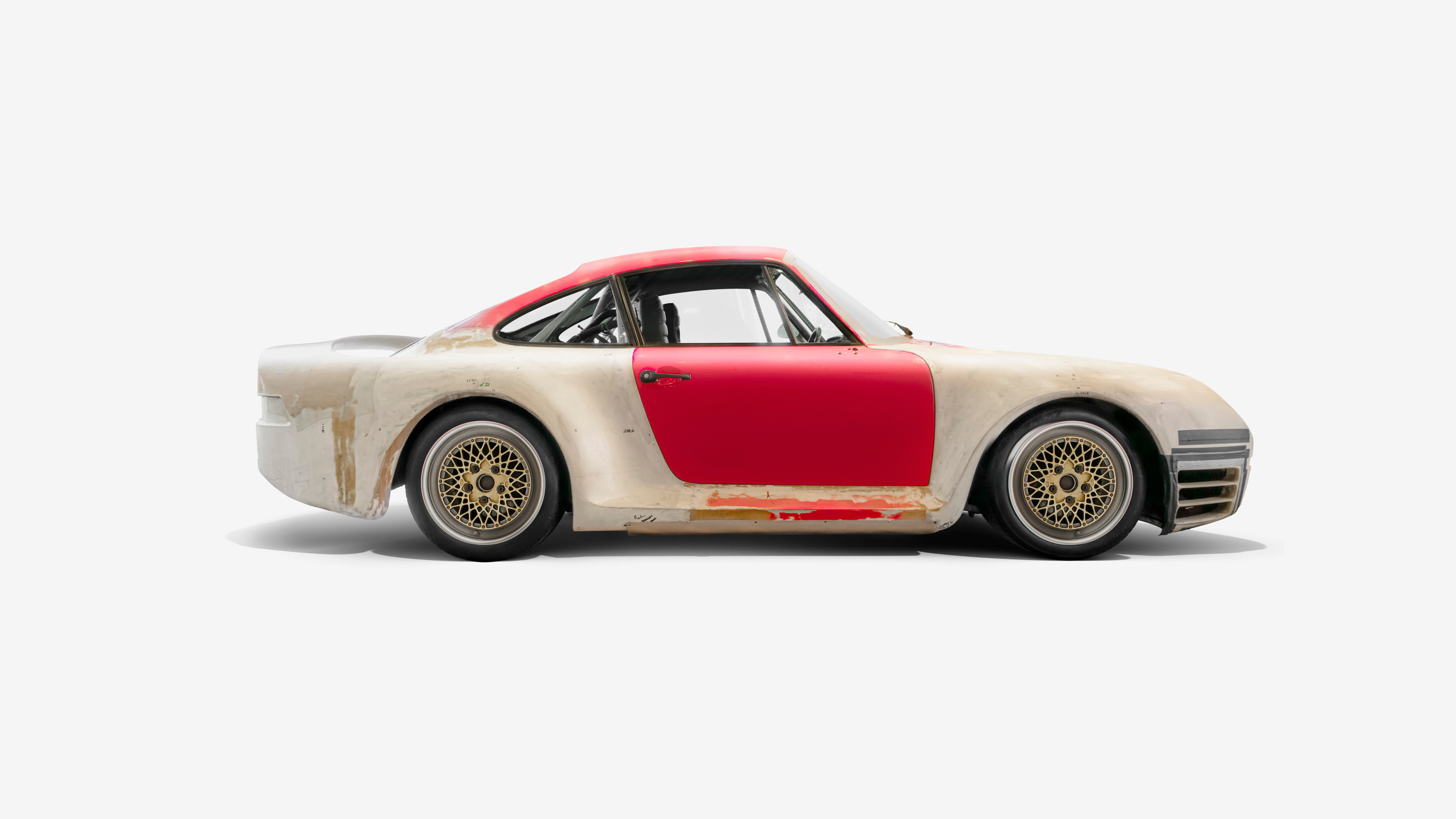 ‘Wundercar’ celebrates the ineffable aura of the Porsche 959, the first true hypercar
‘Wundercar’ celebrates the ineffable aura of the Porsche 959, the first true hypercarCurated by London creatives INK, ‘Wundercar’ is a London exhibition dedicated to the image and influence of Porsche’s seminal 959, a true icon of 1980s engineering
-
 The Porsche 911 Spirit 70 harks back to the aesthetic and ethos of the 1970s
The Porsche 911 Spirit 70 harks back to the aesthetic and ethos of the 1970sAs part of Porsche’s Heritage Design strategy, the company has launched a new special edition, the Porsche 911 Spirit 70 convertible
-
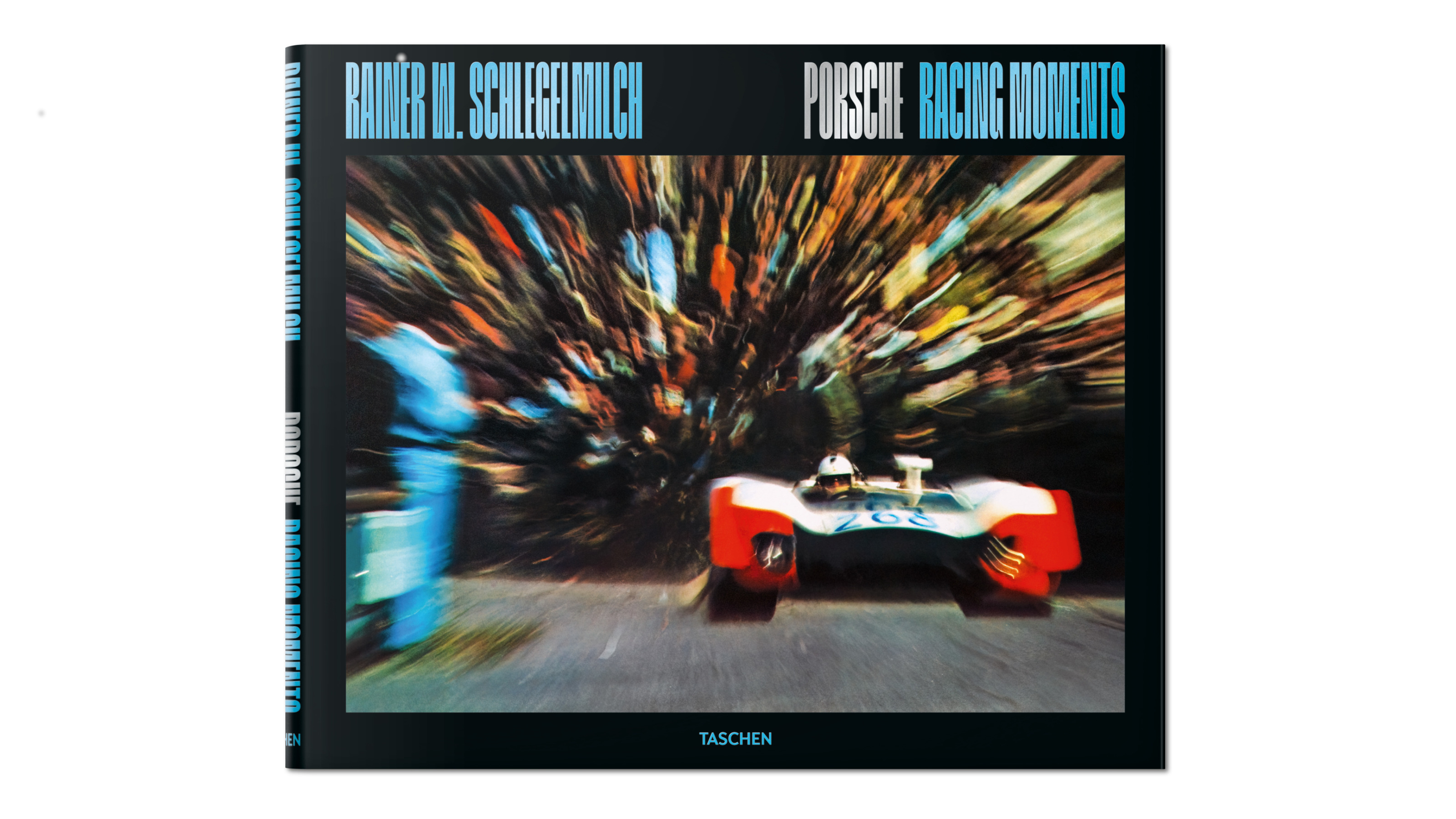 Rainer W. Schlegelmilch's Porsche photography showcases the aesthetics of speed
Rainer W. Schlegelmilch's Porsche photography showcases the aesthetics of speedTaschen's new edition of Rainer W. Schlegelmilch’s collected imagery from a quarter of a century spent following Porsche racing highlights historical machines, emotive camera technique and major moments on the track